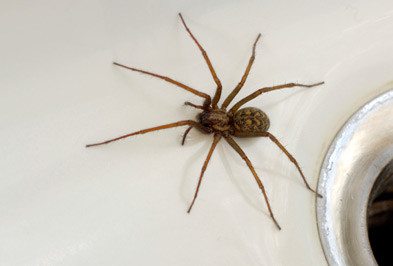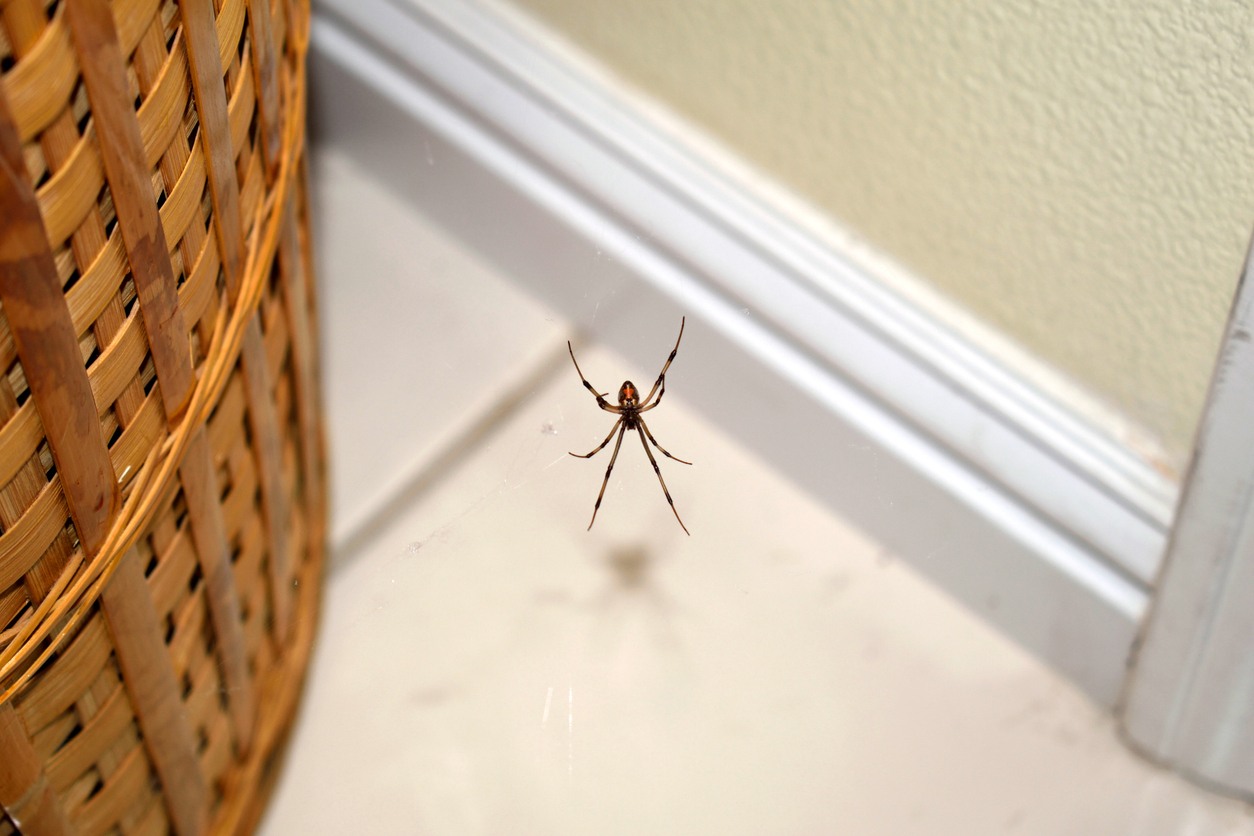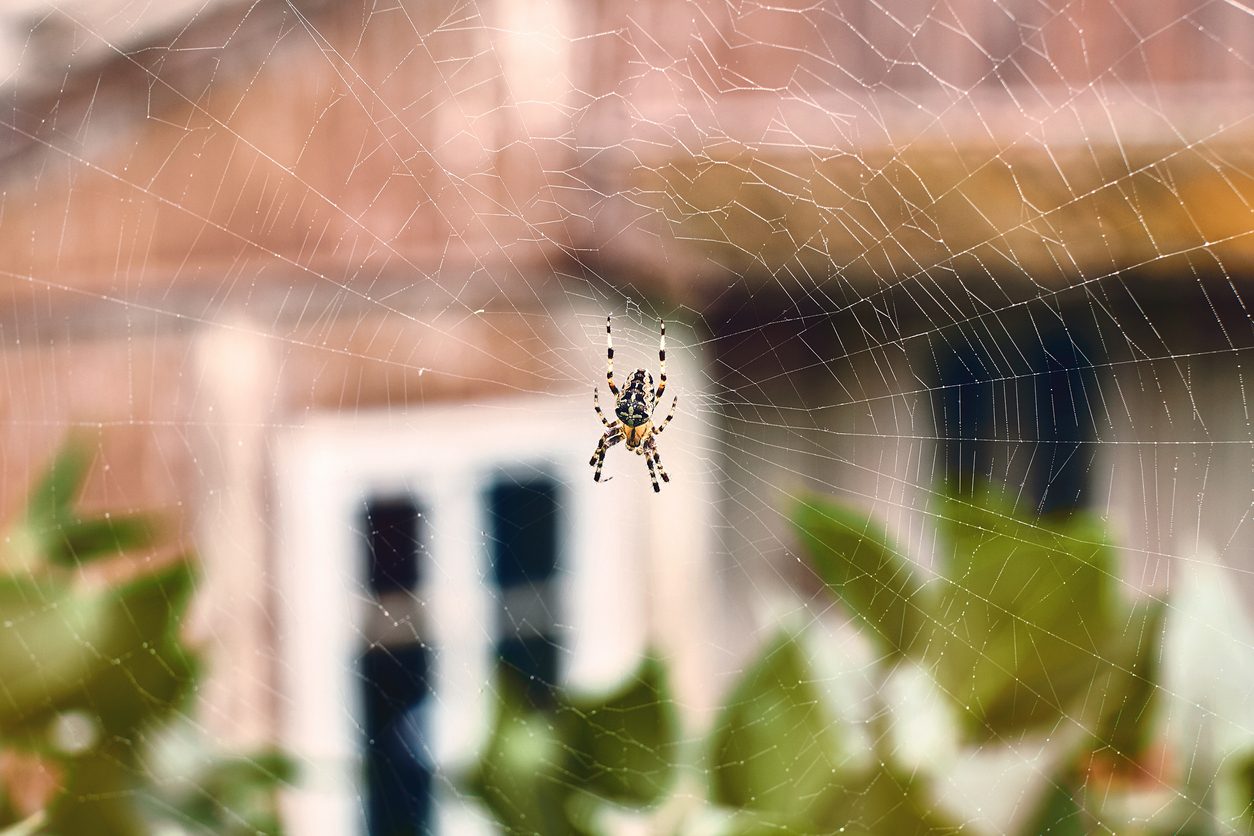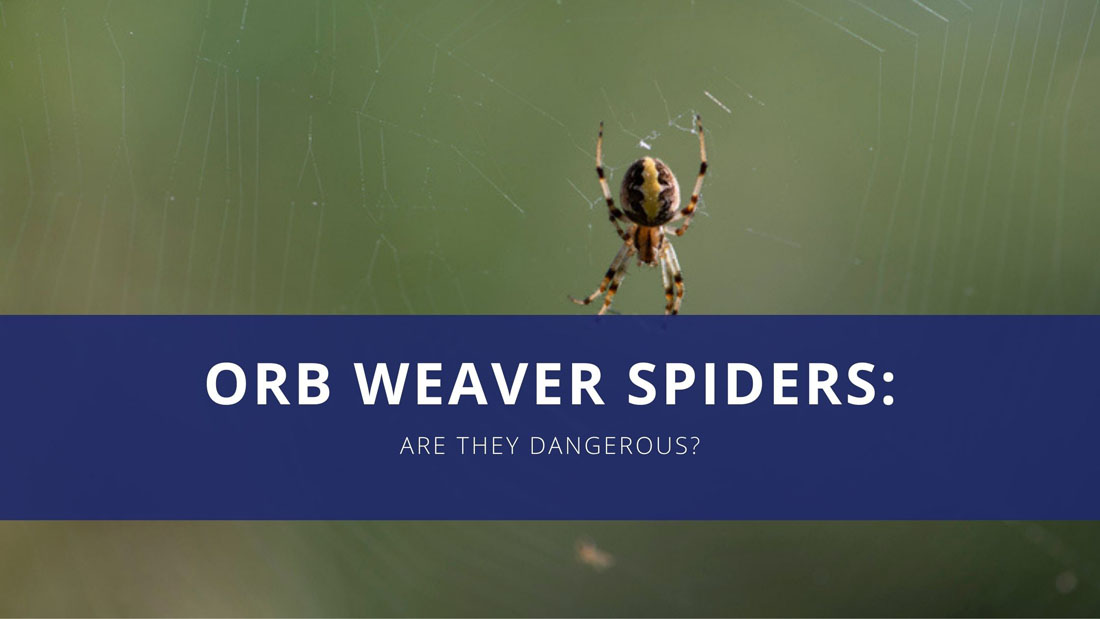Spider Identification & Control | How to Remove Spiders | Wil-Kildeveloper2022-12-16T14:51:10-05:00
Spider Identification & Control | How to Remove Spiders | Wil-Kil
Spiders
Color: Species dependent
Characteristics: Spiders are predatory species that feed on other insects. Spiders have two body parts, a cephalothorax and an abdomen. Spiders also have eight legs. Most have eight eyes but some have less or even none. Spiders lack chewing mouthparts and use their digestive juices to liquefy their prey before consuming it. Spiders are generally shy and elusive. When they make their way inside of homes, they will hide in dark, secluded areas like closets, basements, attics, corners of rooms, and underneath furniture.
Size: Species dependent
Potentially Dangerous: Yes
What is a spider?
House spiders are generally brownish or grayish in color. They are approximately 1/8” to 3/8” in body length. Female house spiders have round abdomens while males have elongated abdomens. Spiders rely on sensing vibrations in their web to detect prey because of their poor eyesight.
Why do I have them?
Spiders are predatory insects that will move indoors, especially as winter approaches, to find a secure place to build their webs. Spiders become a nuisance when found inside homes or hanging from eaves, shutters and window frames because their webs can be quite unsightly. Spider problems are typically worse for homes and cabins on a shady lot near a lake, stream or pond.
Are they dangerous?
Some spiders will attempt to bite when bothered, but they are usually unable to pierce human skin. Poisonous spiders, such as the brown recluse and black widow spiders, are not native to our area. They are more cause for frustration as a nuisance indoors because of their habit to build nasty webs.
How do I get rid of spiders?
You can help to control spider populations by keeping shrubs and bushes trimmed away from the siding or exterior of the property as well as sealing any holes or cracks around doors, windows and basements. Contacting Wil-Kil Pest Control is the most effective way to ensure your property is kept free of spiders. If you are going away to your cabin for the weekend, Wil-Kil will take care of any spiders, spider webs in the cabin or on the dock so you can enjoy your trip spider free.
Can I do it myself?
Do-it-yourself spider treatments and products are not usually effective and may contain pesticides that can be more harmful to people and pets than they are to the spider if they are misused or mixed improperly. Contacting a professional pest control company, like Wil-Kil Pest Control, is recommended for the best spider eradication.
How soon can you get here?
Our customers are our top priority. Your Wil-Kil technician is 100% committed to helping you as soon as possible.
How can I prevent this in the future?
Spiders are difficult to prevent, given their ability to enter the home in a number of different ways. If spiders have infested your property in Milwaukee, Eau Claire, Green Bay, or elsewhere in Wisconsin and the surrounding areas, contact Wil-Kil Pest Control as soon as you spot them to prevent a larger spider problem.
Related Post From Our Blog
developer2023-03-20T09:49:51-05:00February 28th, 2023|0 Comments
The black and yellow garden spider, the barn spider, grass spiders, wolf spiders, crab spiders, jumping spiders…if you’ve spent any time living in Wisconsin (especially small towns and rural countryside), you’re likely to be familiar [...]
developer2023-10-03T16:23:47-05:00February 28th, 2023|0 Comments
Spiders are a common sight in many homes, especially during the fall when the weather starts to cool down and spiders seek shelter from the cold. Finding these critters crawling around your space can be [...]
developer2022-01-12T14:43:49-05:00October 13th, 2021|0 Comments
As temperatures begin to dip as part of the regular Wisconsin autumn, you may notice the increased presence of spiders in and around your home or business. Many spiders increase their activity in the fall. [...]
Spider Identification & Control | How to Remove Spiders | Wil-Kil in Sun Prairie, WI
Wil-Kil Pest Control is a local Pest Control and Extermination company helping homeowners and businesses with pest issues across WI.
Serving Sun Prairie | Chippewa Falls | Menomonee Falls | Appleton
Madison | Green Bay | Eau Claire | Oshkosh | Kenosha | Racine
Home » Pests » Pest Info Library » Spiders » Spider Identification & Control | How to Remove Spiders | Wil-Kil





